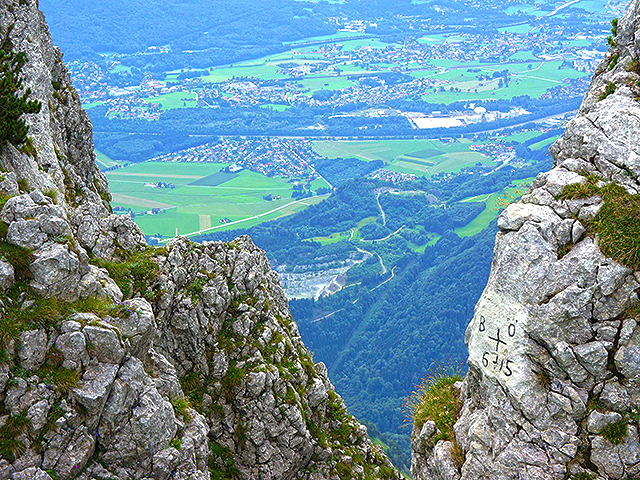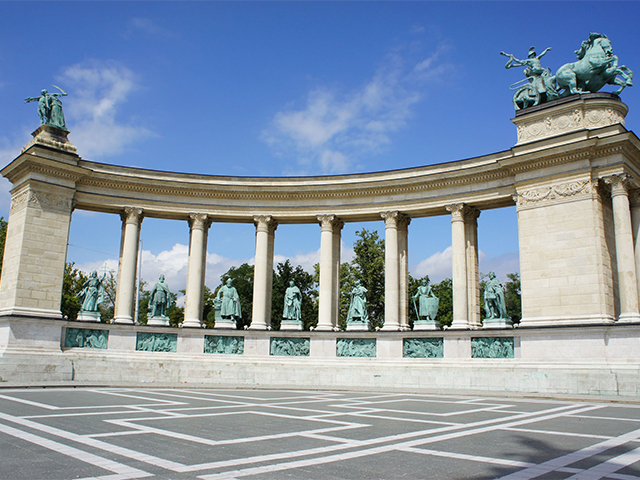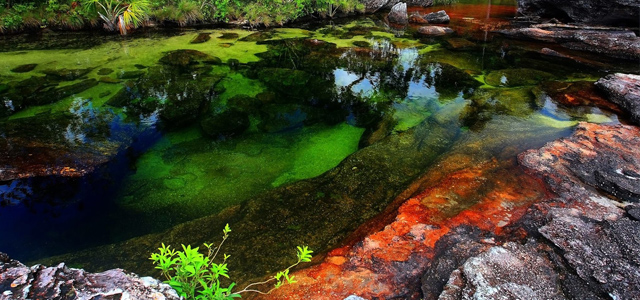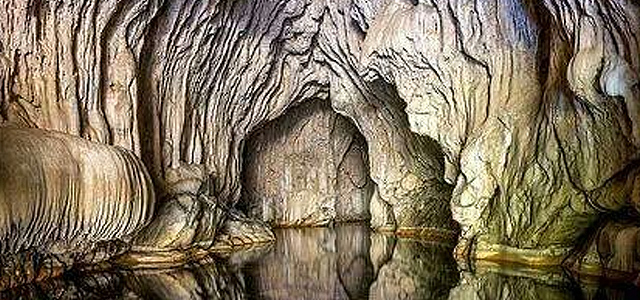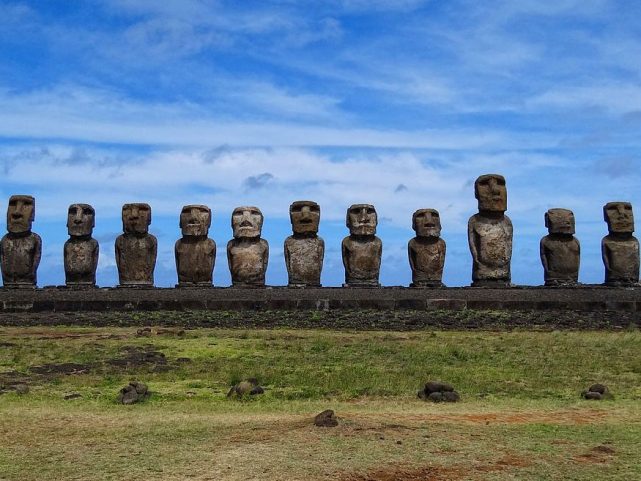
Getting to know Easter Island
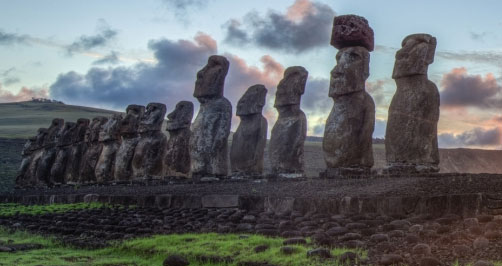
Easter Island is probably one of those places that you’ve heard of but knew absolutely nothing about.
It’s not a sunny island with giant eggs hidden amongst lush bushes. There are giant structures alright, but in the form of large stony sculptures, whose appearance are as mysterious as the origin of the island’s inhabitants. Enormous (around 13-feet or 4 meters tall) figures carved with huge faces and small torsos are dotted around the island, over 900 of them, as are the few inhabitants currently residing on this Polynesian Triangle, it is almost literally in the middle of nowhere, and that begs the question of why and how did its early settlers discover it?
Today, the island is a World Heritage site because of its untouched appearance and of course, those puzzling big rocks with faces on them. Before what it is now, the island had already undergone a whole life-cycle, from isolation to a thriving period followed by complete depletion of resources that led to an abandonment of the island.
The origin
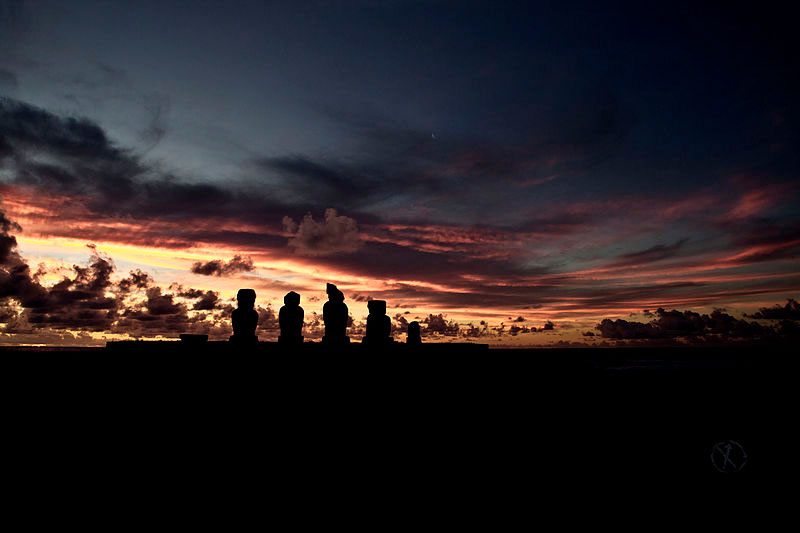
Much has been studied about the early settlers of Easter Island. It wouldn’t much of a deal had it been other islands, but we’re talking about a remote speck of land in the middle of nowhere. These colonisers must have had great determination to sail so far out to explore new lands.
It was believed that the Polynesians are most likely the first settlers on the island, as far back as 700 to 850 A.D. A Chilean island in the south-eastern Pacific Ocean, the island has a geographical advantage, flourishing with trees and wildlife, complemented with rushing rivers and peaking mountains, a complete nature’s paradise.
Archaeological efforts reveal three different periods, although the first two were relatively peaceful. In fact, it would seemed the population was flourishing, with their attention turning to the creation of huge statues known as moai. The third period, post 1680, was the most eventful, with civil wars and much physical destruction. Many statues were toppled during this phase. Word has is that the two main ethnic groups, the Short- Ears and the Long-Ears, were at odds after years of co-existing peacefully, resulting in many deaths and destruction.
To make matters worse, overpopulation and deforestation led to depletion of the island’s natural resources. By the time Europeans arrive in 1722, they saw a very different Easter Island than when it was first discovered. By the late 1800s, the local population dwindled to the low 100s from an estimated 3000 one century ago.
The Name
To its native Polynesian inhabitants, it’s known as Rapa Nui, but to the rest of the world, it’s a cheery sounding Easter Island. The name was coined by the island’s first European visitor- Dutch explorer Jacob Roggeveen. He landed on Rapa Nui on Easter Sunday, 5 April, 1722. His discovery was accidental, he was actually in search of Davis or David’s island. He officially named the island Paasch-Eyland, the Dutch name for Easter Island.
The Statues
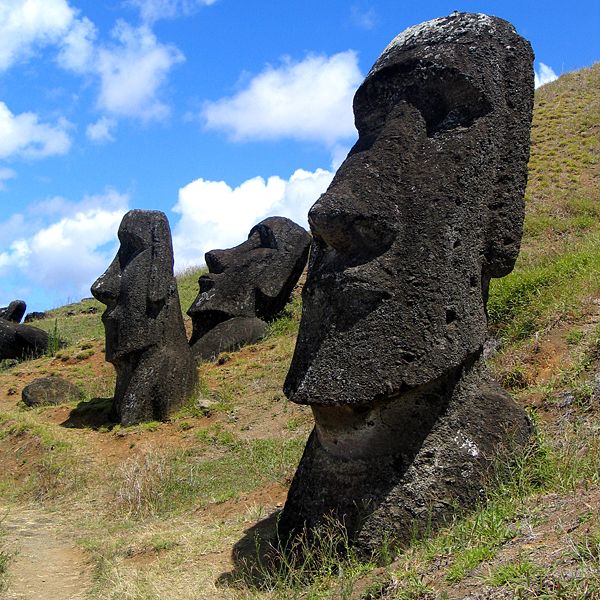
No one knows for sure what these giant statues represent (the biggest figure measures at a staggering 32 feet high). There’s no written record or inscriptions on any of these statues, leaving archaeologists as stumped as the rest of us on just why the Moai were created. More puzzling was the question of transportation of these Moai. Strewn throughout the island, they must have been moved from their original spot to their current positions but the more important question is- why?
What experts did find out was that between the first and the second (1050 to 1680) periods, there were evidence that large statues were destroyed and rebuilt to be even larger than they used to be.
The most popular theory is these large carvings were created to honor the ancestors, chieftains or important figures that led the population then. Sounds pretty legit.
Easter Island Now
Tourism is the biggest industry for Easter Island today. People from all over flock to the island to witness the statues they’re used to seeing on digital wallpapers. There are many Moai sites, but they all have the same rule- do not damage any of them. They are mostly placed in the middle of an expansive fields, allowing for gorgeous shots.
Water sports is one of the more popular activities to engage in, like snorkelling, scuba-diving and body-surfing. Easter Island has two stunning beaches. The more widely known Anakena lies on the island’s northern shore, where swaying palm trees line the white sandy beach. There’s also Moai found here. This shoreline is believed to be where the island’s first settlers landed.
Enveloped by plunging cliffs, the more secluded Ovahe beach has a breath-taking view. It’s not easy to get to. A precarious path leads down to the beach from the cliff, reached best by foot.
Land sports can be enjoyed on Easter Island as well. Due to the island’s topography, some parts cannot be assessed by vehicles, which means visitors will have to either hike, or go horseback riding.
If you’re the really adventurous sort (which you probably are if you go all the way out to this Island), visit some caves. There are plenty here, and some with openings so small you’ll have to crawl through. Some of them can get quite deep and farm out to an extensive cave networks. Always bring a torch and never venture them alone.
Culture is a vital part of the Rapa Nui folks. Soak in their way of life when you’re here. There’s a two-week Tapati Festival (the world’s largest Polynesian Festival) that occurs around end of January and stretches to February, celebrating local customs.
How to get There
It’s more convenient than you think. The island is part of Chile, so there are domestic flights from Santiago that serves the island. There are also flights in from Tahiti as well.
Tip: the best time to visit is during January to March, where the weather is a combination of wind and warmth, although in general the weather is pretty pleasant whole year round.
Sadly, the one thing that gives Easter Island an air of mystery is slowly disappearing. Weather beaten through years of exposure is slowly eroding the sculptures, converting them to large stony blocks. If you’ve got it on your bucket list, don’t wait too long to visit.
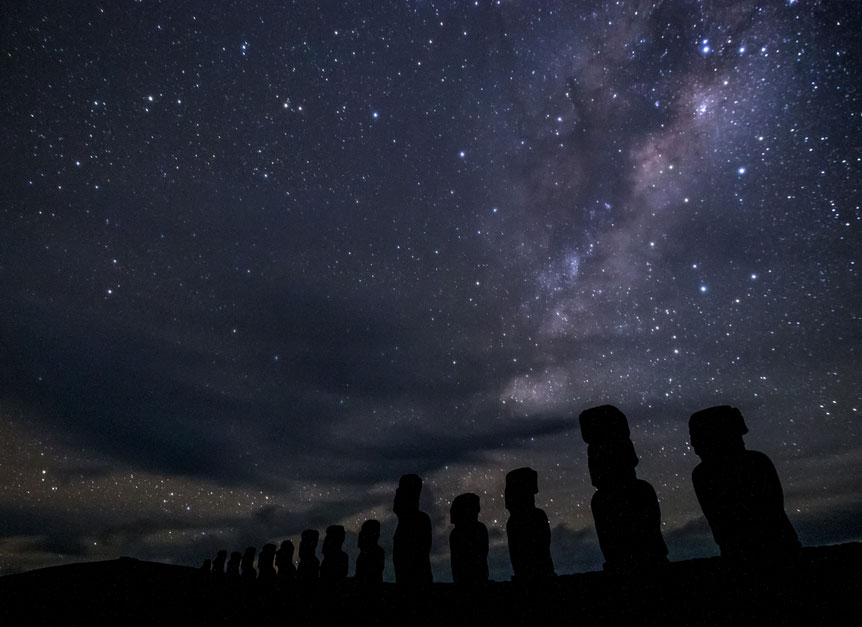
Picture Source: Wikipedia
